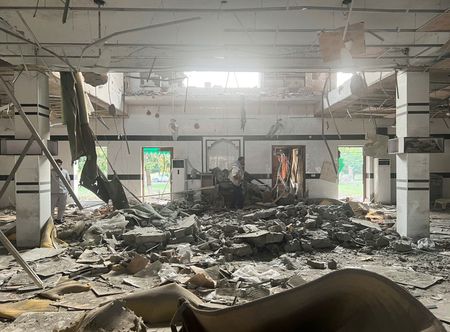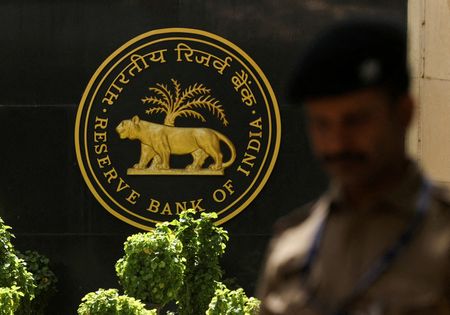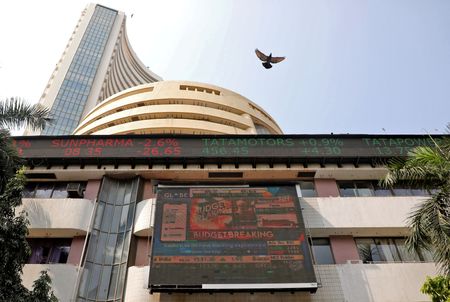By Nicole Jao
NEW YORK (Reuters) -Oil prices fell by more than $1 a barrel on Wednesday as investors doubted that upcoming U.S.-China trade talks will result in a breakthrough, while hopes for an Iran-U.S. nuclear deal eased supply worries.
Brent crude futures settled $1.03, or 1.66%, lower at $61.12 a barrel while U.S. West Texas Intermediate crude lost $1.02, or 1.73%, lower at $58.07 a barrel.
The U.S. and China are due to meet in Switzerland, which could be the first step toward resolving a trade war disrupting the global economy.
The trade talks between the world’s two largest economies come after weeks of escalating tensions. Duties on goods imports between the countries have soared well beyond 100%.
“While the meeting may signal a thaw, expectations for a breakthrough remain low,” said Thiago Duarte, market analyst at Axi. “Unless the U.S. receives major trade concessions, further de-escalation seems unlikely,” he said.
Asked about the upcoming trade meeting with Chinese officials, U.S. Treasury Secretary Scott Bessent described the talks as “the opposite of advanced.”
U.S. Vice President JD Vance described Washington’s talks with Iran as “so far, so good” and said there was a deal to be made that would reintegrate Iran into the global economy while preventing it from getting a nuclear weapon.
“There is a possibility that the U.S. could be lifting the sanctions on Iranian oil, which right now is under maximum pressure,” said Phil Flynn, senior analyst with Price Futures Group.
The U.S. had threatened secondary sanctions on Iran after a fourth round of talks were postponed between Washington and the OPEC member with production of more than 3 million barrels per day, or about 3% of global output.
The Federal Reserve held interest rates steady but said the risks of higher inflation and unemployment had risen, further clouding the economic outlook as the U.S. central bank grapples with the impact Trump’s tariff policies.
Both benchmarks were pressured by data from the Energy Information Administration (EIA) showing gasoline inventories in the U.S. rose unexpectedly last week, raising concerns of weak demand ahead of U.S. summer driving season.
“This is the first bad report for gasoline in a couple of weeks. The refiner had been cranking up the utilization rate. But today in this report it went backwards,” said Bob Yawger, director of energy futures at Mizuho.
However, U.S. crude inventories fell by 2 million barrels to 438.4 million barrels in the week, compared with analysts’ expectations in a Reuters poll for an 833,000-barrel draw.
Limiting the losses, some U.S. producers have signalled they would cut spending, cautioning the country’s oil output may have peaked.
Additionally, conflict in the Middle East between Israel and the Houthis increases the geopolitical risk premium, said Tamas Varga, an analyst at PVM.
Volatility is expected to persist on quicker-than-expected OPEC+ supply, while U.S. policymaking remains unpredictable, he added.
(Reporting by Nicole Jao in New York, Seher Dareen in London and Jeslyn Lerh in Singapore; Editing by Kate Mayberry, Saad Sayeed, Alex Lawler, Ros Russell, Ed Osmond, Louise Heavens, Jan Harvey, Diane Craft and David Gregorio)









